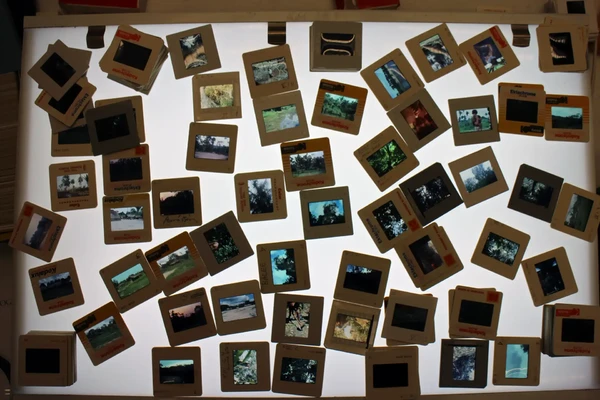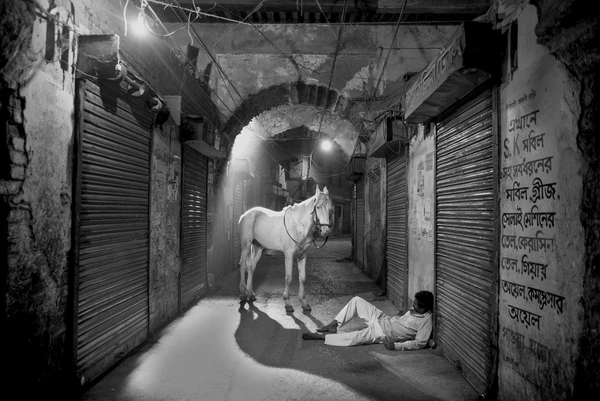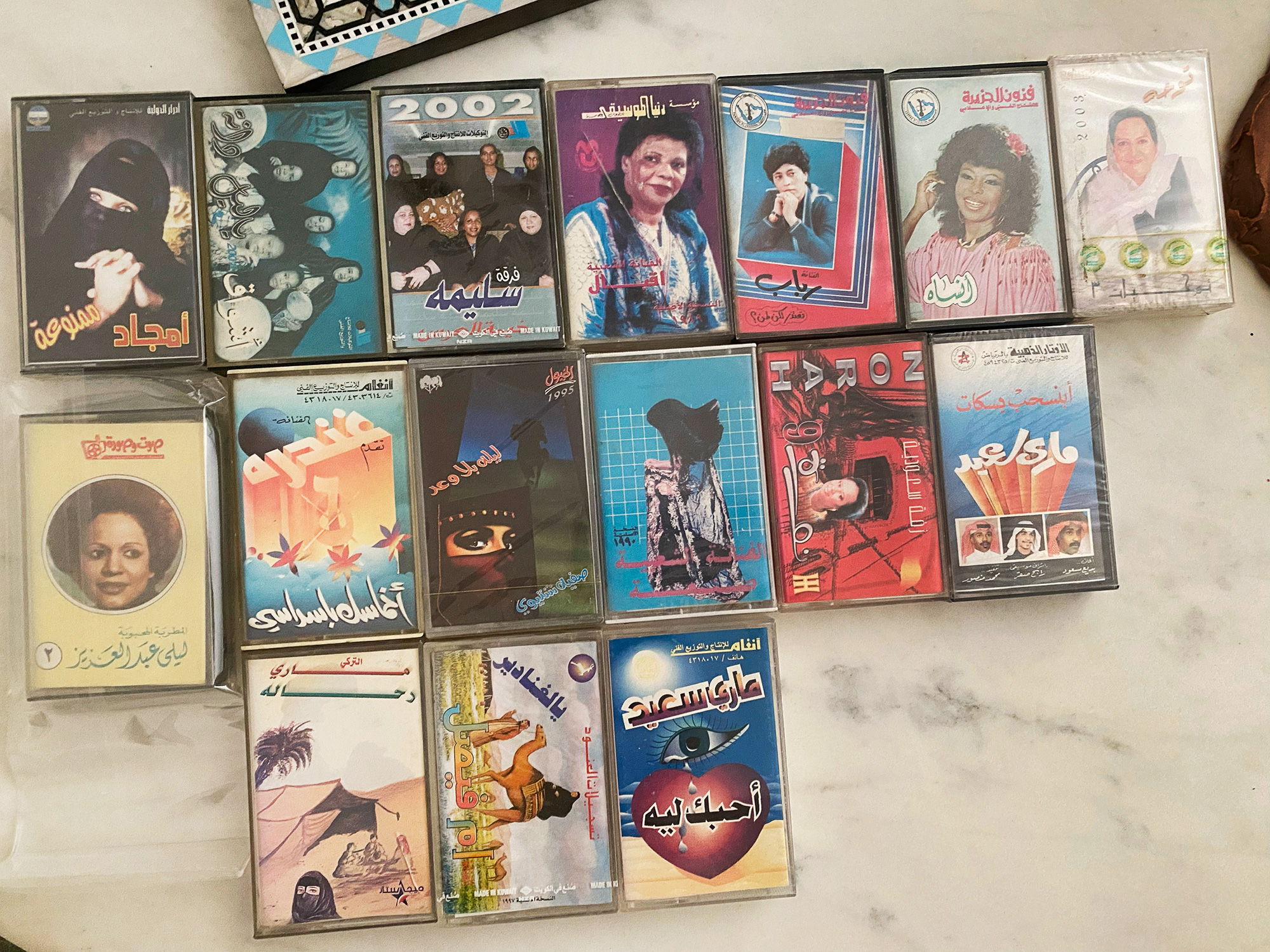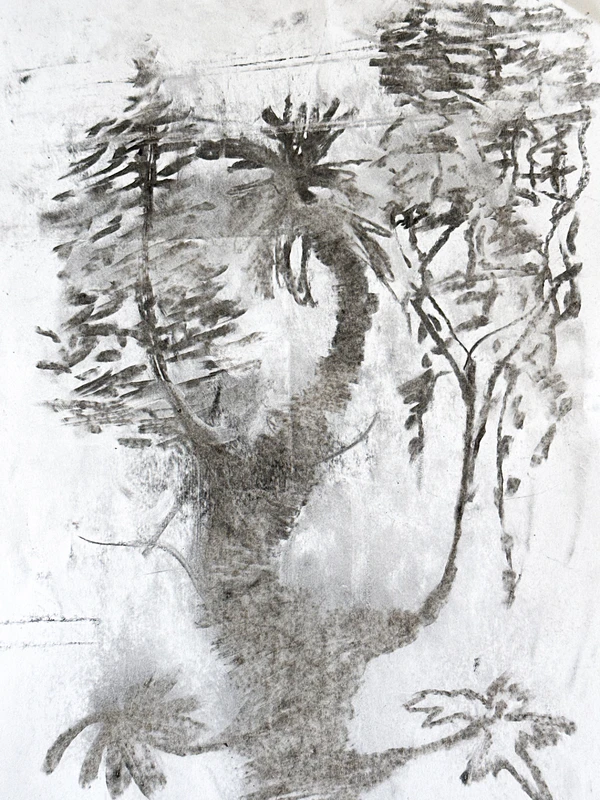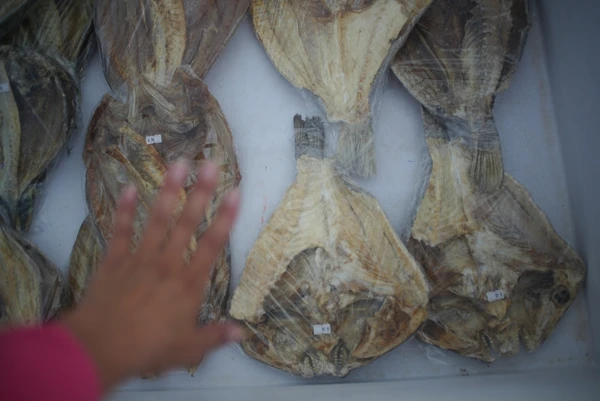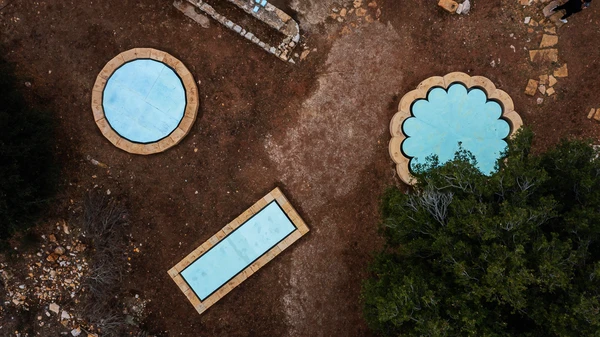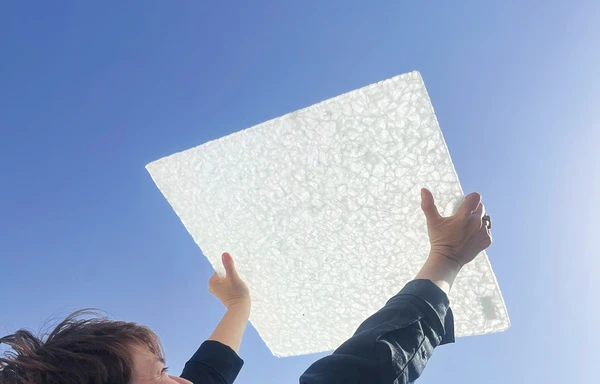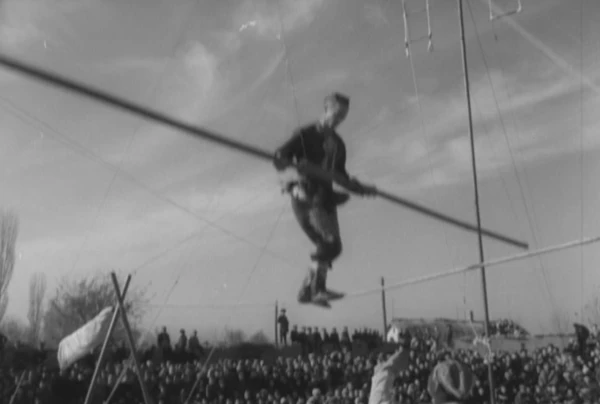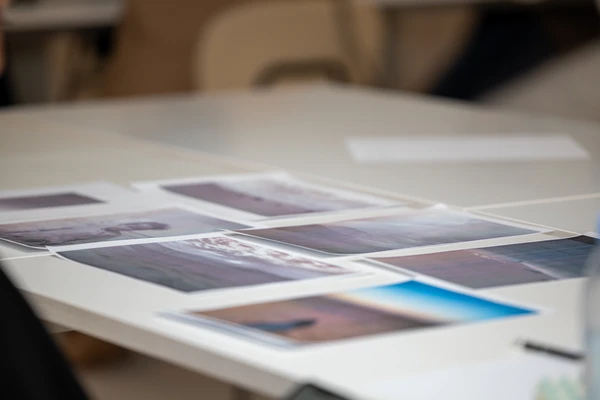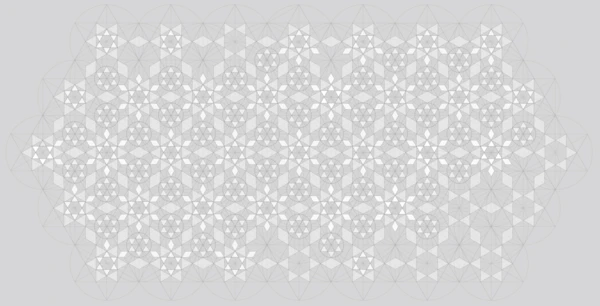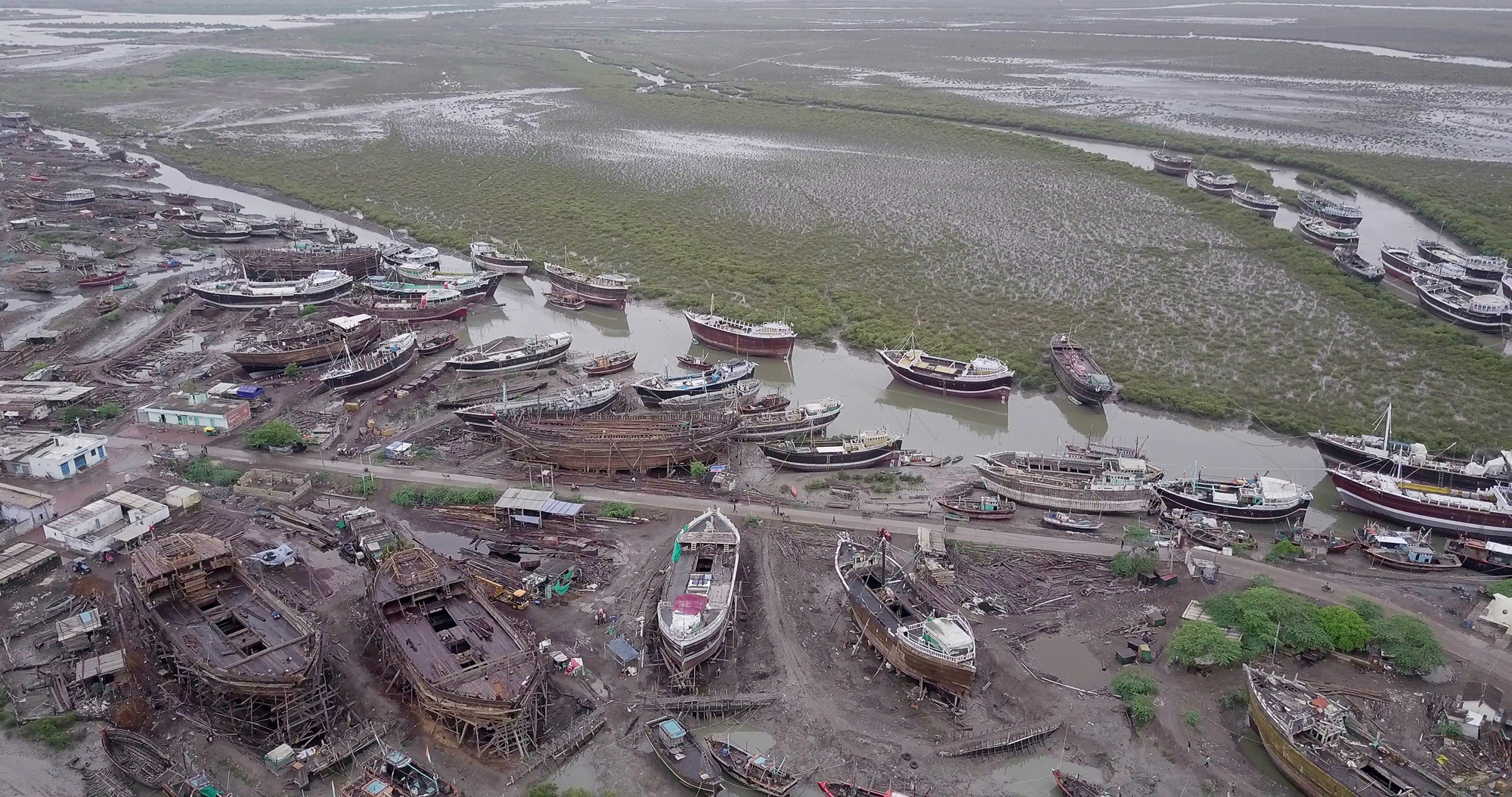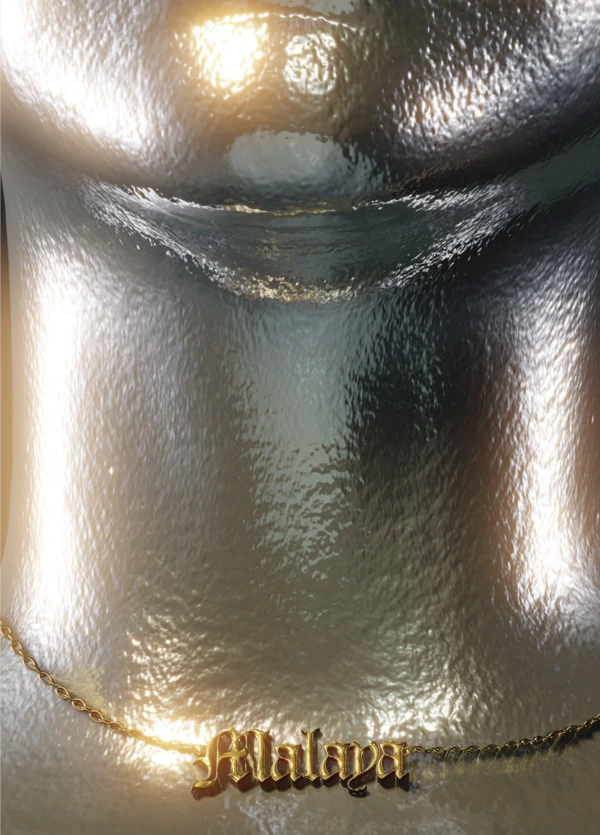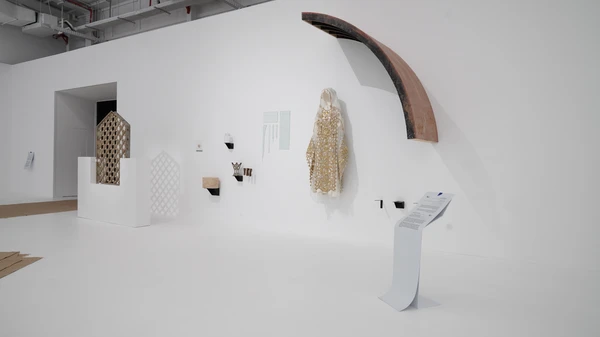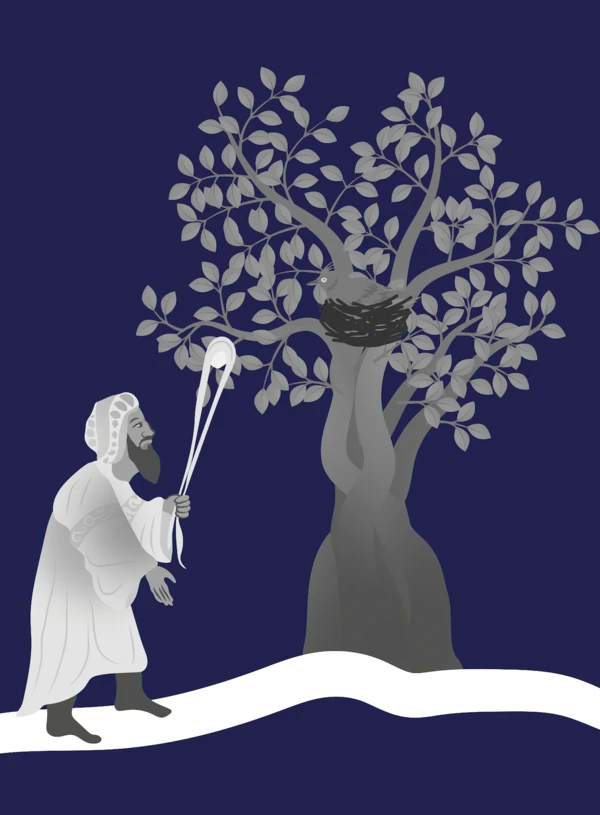Archival Footage: Behind Charivari
Taus Makhacheva

Growing up in Moscow, Taus Makhacheva was raised in a family with origins in the Republic of Dagestan, a mountainous area in the North Caucasus, which has served as both the stage and protagonist in several of her works. These are inhabited by a pantheon of unruly characters—including her alter ego Super Taus—who negotiate complex histories, social norms, and myths through humor and imagination.
In Charivari (2019), showing in Exhibition Hall B1 at The 2024 Diriyah Contemporary Art Biennale, Taus Makhacheva explores elements of the Soviet circus tradition. In circus speak, charivari is the traditional name for a collective act of tumultuous gymnastic feats performed by acrobats and clowns. Makhacheva revisits the Soviet history of the Baku State Circus in the Republic of Azerbaijan, while drawing on the traditions of the avant-garde and its taste for the experimental and absurd in defiance of social norms.
The following archival videos are presented as part of Makhacheva’s research materials for Charivari (2019) and Tightrope (2015), amongst others. The National Circus film presents various circus performers from different USSR republics, including tightrope walkers from the Abakarov dynasty, whose descendant is featured in Tightrope, and a group of gymnasts from the Azerbaijani Nazirovy family, whose descendants were interviewed by the artist while researching for Charivari. The second film is a compilation of different archival footage of circus performances that were found in the archives of Baku, Azerbaijan. In these research materials, Makhacheva invites us into the process behind her celebrated works, allowing us to see how archival research inspires her practice.

